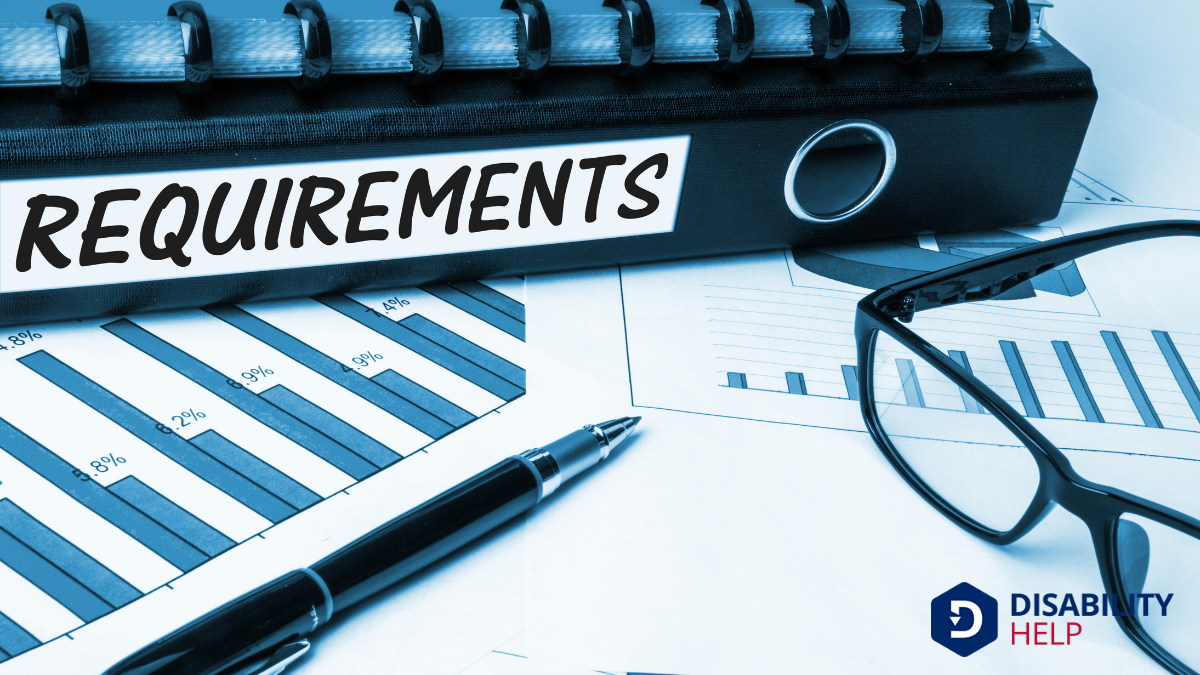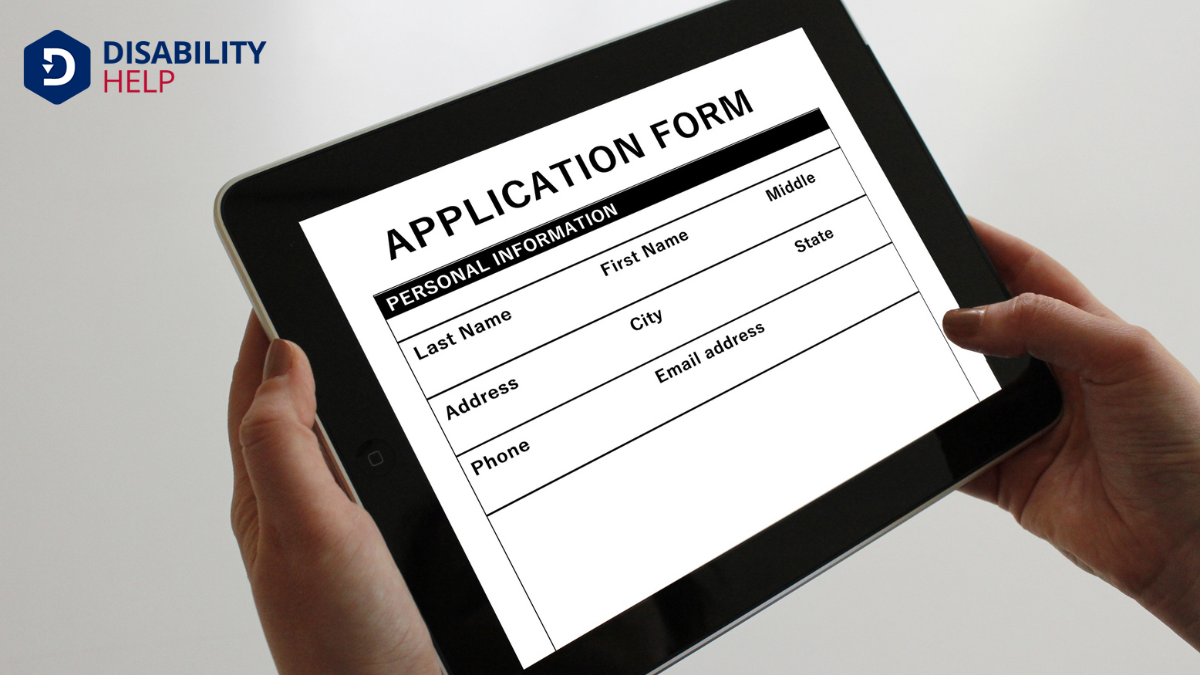When it comes to understanding the difference between SSI and SSDI disability benefitsFinancial assistance provided to individuals who are unable to work due to a disability, such as Soc..., it's essential to recognize how these programs serve distinct purposes and populations. Both are critical lifelines, yet they cater to different needs and eligibility criteria. While SSI focuses on financial assistance for those with limited income, SSDI hinges on work history. Curious about how these differences impact recipients’ lives and the application process? Let's explore further.
Key Takeaways
- SSI is need-based, focusing on individuals with limited income and resources.
- SSDI eligibility relies on a solid work history and Social Security tax payments.
- SSI beneficiaries receive a set federal monthly benefit amount.
- SSDI payments are based on the recipient's previous earnings.
- SSI provides MedicaidA U.S. government program that provides health coverage to eligible low-income individuals, includin..., while SSDI recipients qualify for MedicareA U.S. federal health insurance program for people aged 65 and older, and for some younger people wi... after two years.
Understanding SSI and Its Eligibility Criteria
When considering financial assistance for those with limited income and resources, we should understand the Supplemental Security Income (SSI) program and its eligibility criteria.
SSI provides essential support to individuals who are aged, blind, or disabled, ensuring they meet basic needs for food, clothing, and shelter. To qualify, recipients must have limited income and resources. The program is need-based, meaning it doesn't require work history for eligibility.
Importantly, only certain assets count toward the resource limit, such as cash or real estate not serving as a primary residence.
We need to remember that SSI eligibility also considers citizenship status, requiring applicants to be U.S. citizens or qualified non-citizens.
Exploring SSDI and Its Qualification Requirements

While we've grasped the basics of SSI, let's now turn our attention to Social Security Disability Insurance (SSDI)A U.S. government program that provides financial assistance to individuals who are unable to work d... and what it takes to qualify.
SSDI is designed for those who've worked and paid into Social Security through taxes. To qualify, we need a solid work history and must have paid Social Security taxes for a certain number of years. Our disability must meet Social Security's strict definition, meaning it considerably limits our ability to perform substantial work activities and is expected to last at least 12 months or result in death.
Importantly, SSDI isn't based on financial need; it focuses on our work credits and medical condition. Understanding these requirements helps us determine if we're eligible for SSDI benefits.
Key Differences Between SSI and SSDI Benefits
Though both SSI and SSDI provide essential support for individuals with disabilities, they differ markedly in their eligibility criteria and benefits structure.
SSI, or Supplemental Security Income, is need-based and considers our financial resources. It helps those with limited income and assets. On the other hand, SSDI, or Social Security Disability InsuranceA form of insurance that provides income to individuals who are unable to work due to a disability., is based on our work history and the Social Security taxes we've paid. It doesn’t consider current income or assets, focusing instead on our earnings record.
SSI typically provides a set federal monthly benefit, but states may add extra funds. SSDI benefits depend on our previous earnings.
Additionally, SSI beneficiaries receive Medicaid, while SSDI recipients qualify for Medicare after two years. Understanding these distinctions helps us navigate our support options effectively.
Impact on Recipients’ Lives
Understanding the differences between SSI and SSDI benefits sets the stage for exploring how these programs impact recipients' lives. Both programs provide vital financial support, yet their effects can vary greatly.
For those of us receiving SSI, the focus is on meeting basic needs since it's often the sole source of income. This support can alleviate stress about paying for essentials like food and housing.
SSDI recipients, on the other hand, may have a work history and could receive higher payments, offering greater financial stability. This can open opportunities for improved quality of life, such as accessing better healthcare or maintaining more independence.
Both programs aim to provide security, but their impacts depend on personal circumstances and benefit amounts.
Navigating the Application Process for Both Programs

Applying for SSI and SSDI can feel overwhelming, but breaking down the process into clear steps makes it manageable.
First, we gather necessary documents like medical records, work history, and financial information. These forms help establish our eligibility.
Next, we visit the Social Security Administration's website or local office to start the application. It’s important to fill out each section accurately to avoid delays.
After submission, we might need to wait for a decision or provide additional information if requested. Keeping track of timelines and maintaining communication with the SSA can help guarantee our application moves forward smoothly.
If denied, we've the right to appeal, so let's stay informed and proactive throughout the process. Together, we can navigate it successfully.
Conclusion
In conclusion, we've explored how SSI and SSDI serve distinct purposes, offering essential support to those in need. SSI is need-based, offering help to individuals with limited resources, while SSDI relies on your work history and contributions. Though both provide critical assistance, they differ in benefits and healthcare access. Steering through the application process can be challenging, but understanding these differences empowers us to make informed decisions and seek the right support for our unique situations.






